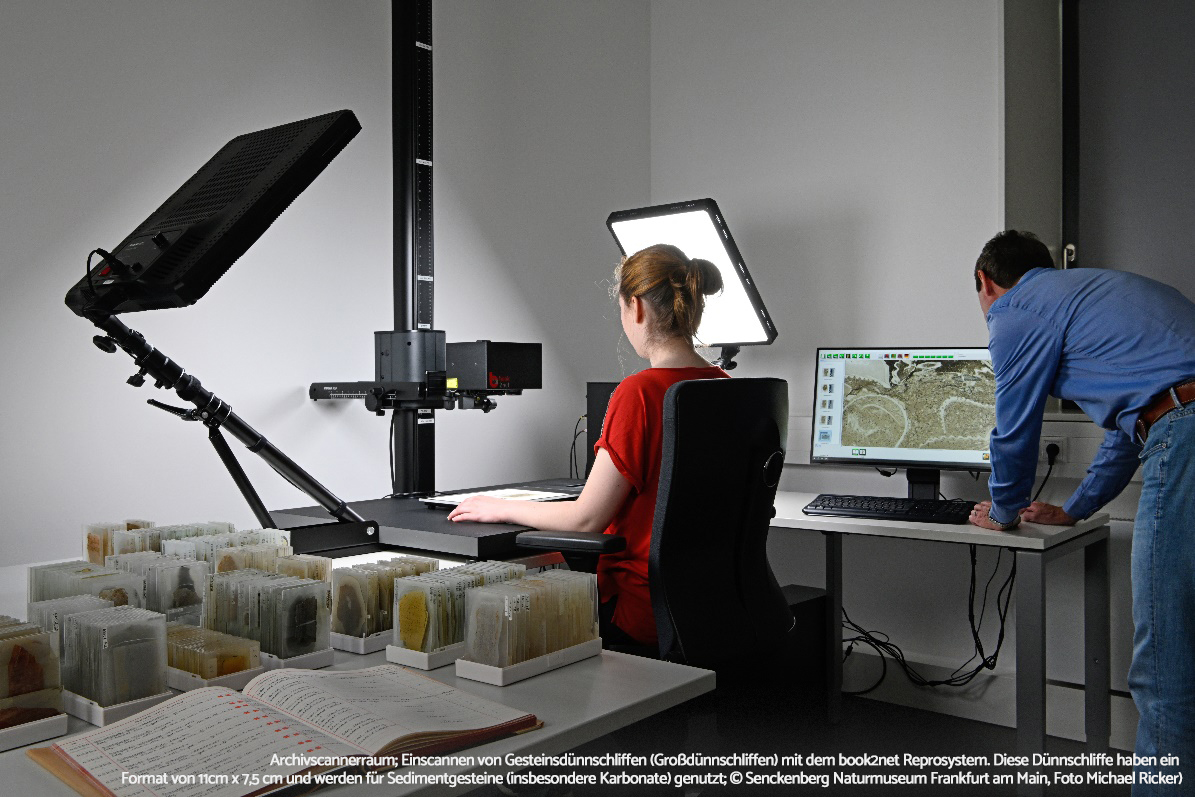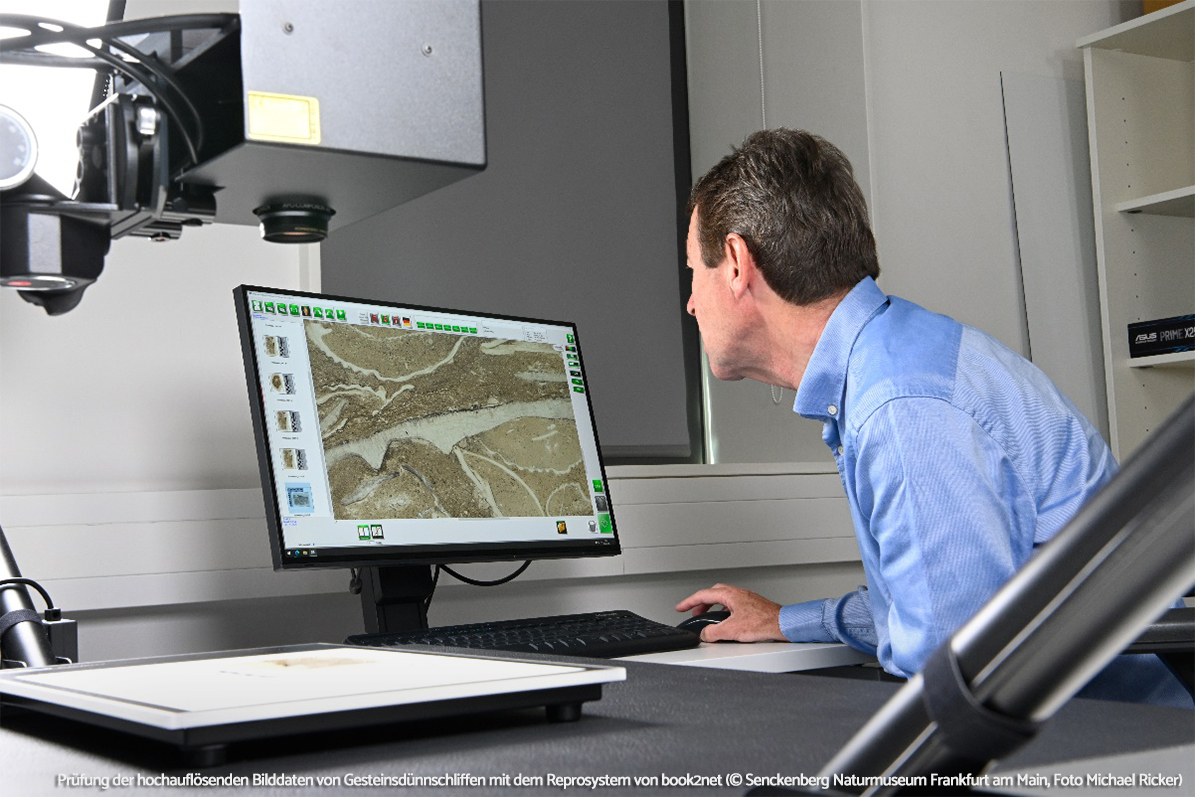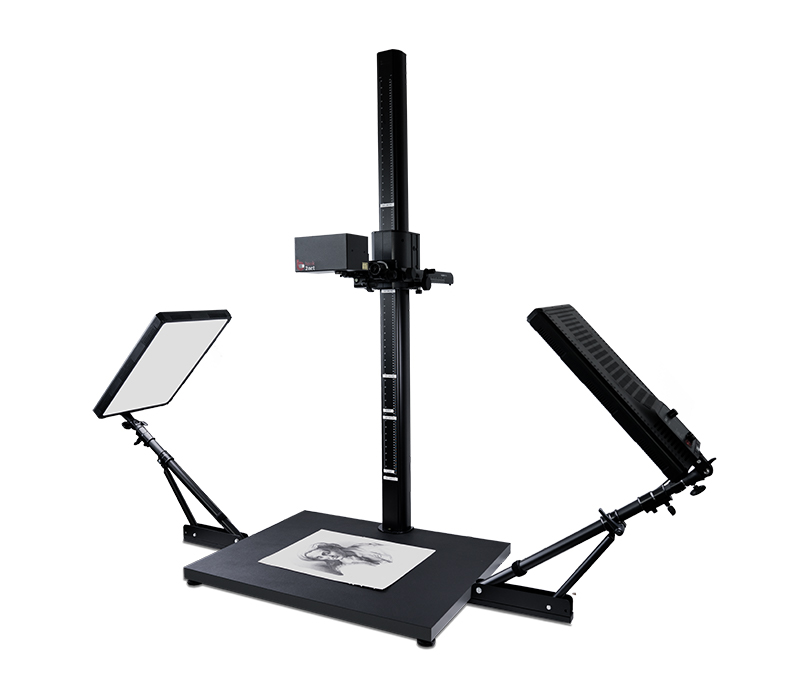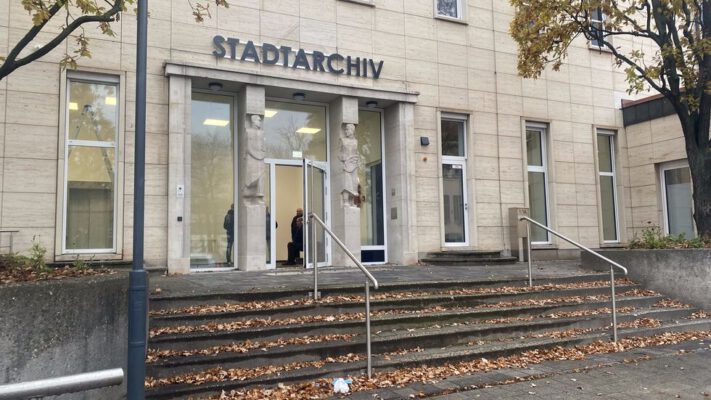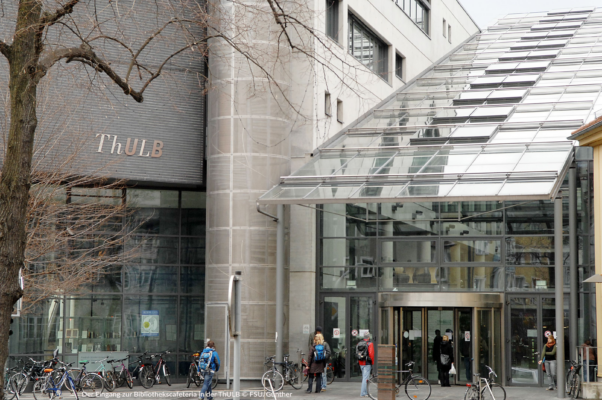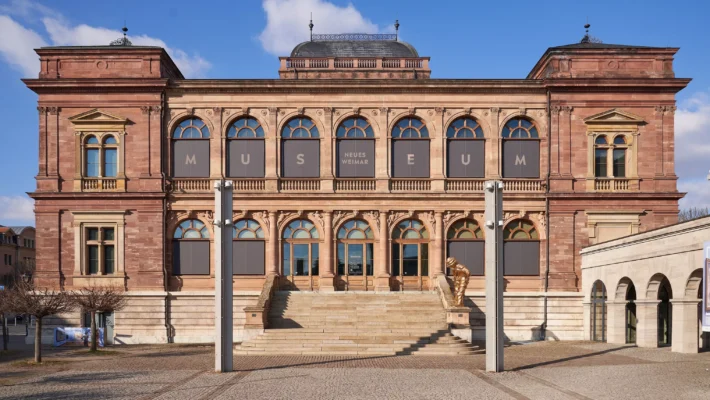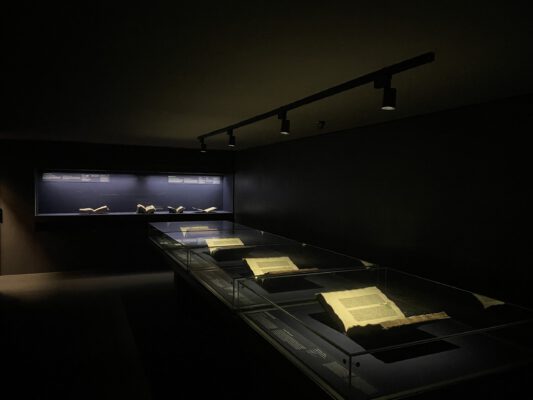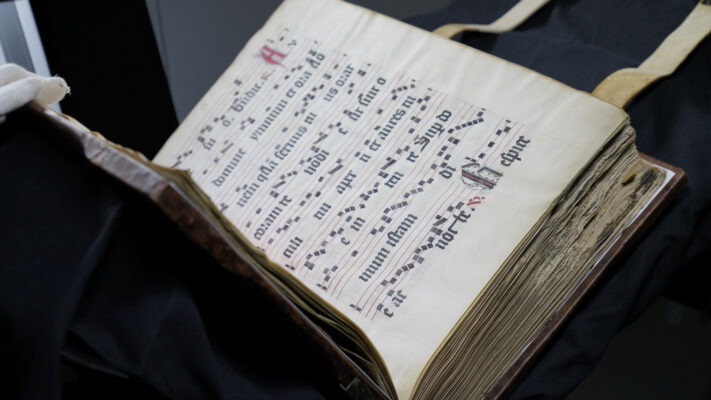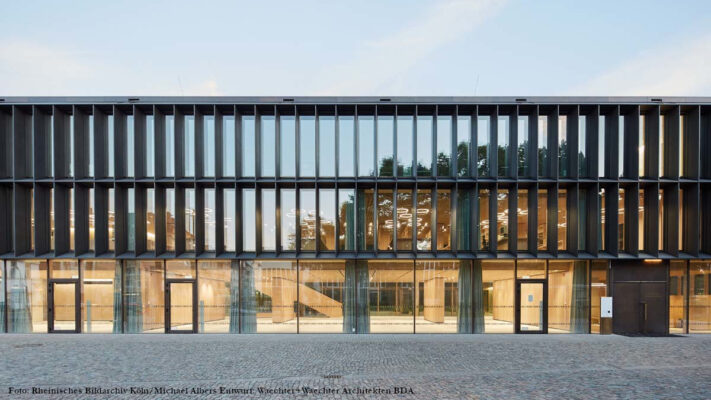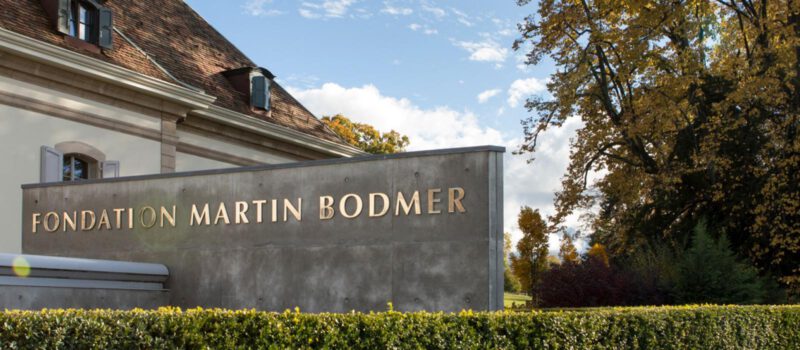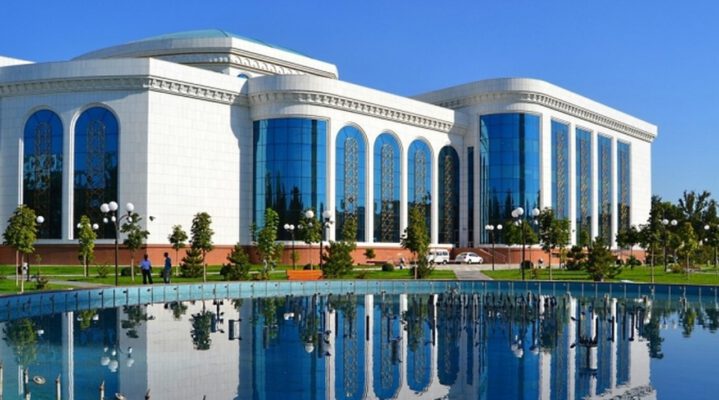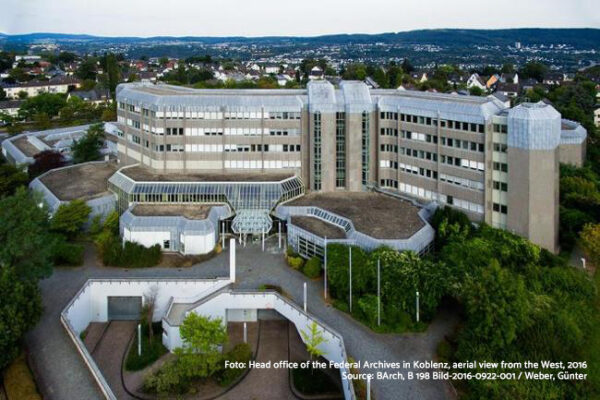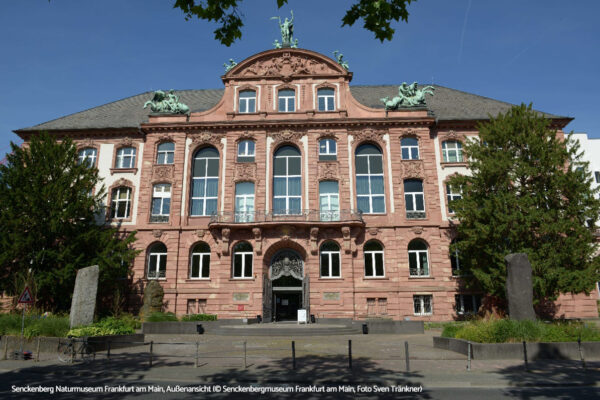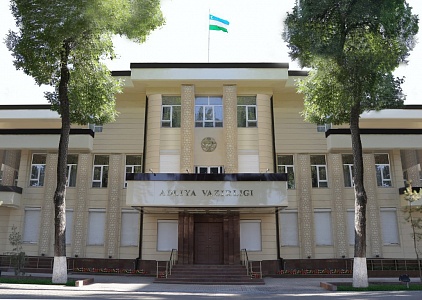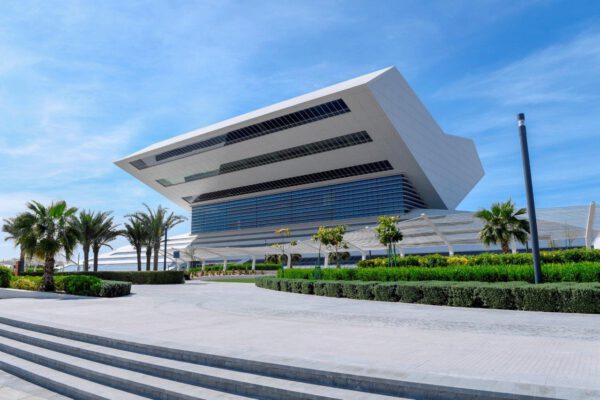A1 Reprographic Studio at the Senckenberg Natural History Museum Frankfurt/M
The Senckenberg – Leibniz Institution for Biodiversity and Earth System Research (SGN) was founded in 1817. The SGN operates seven research institutes and three natural history museums. Today, with around 850 employees, the SGN is one of the most important research institutions for all aspects of biological diversity. In regard to geobiological collections, the Frankfurt Senckenberg museum is one of the most important natural history museums in all of Europe, as well as one of the biggest. Natural history collections are the largest and most important research infrastructure of the Senckenberg. With around 40 million counting units, they represent the largest natural history collection in Germany and probably the sixth largest in the world. In accordance with its long tradition, the societies’ primary purpose is to conduct biological and natural research, and to make this accessible to everyone through publication, education, and its museums. The society is also the editor of both high-ranking academic journals and popular science publications.
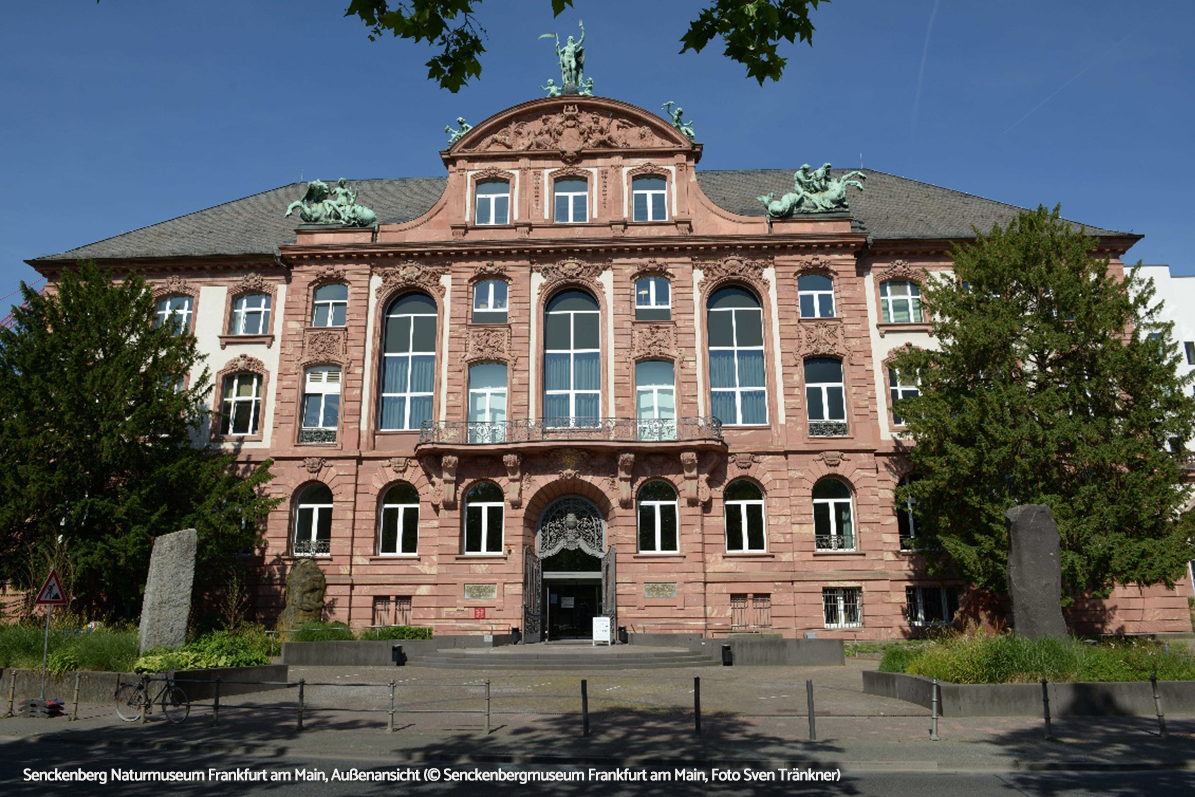
“With the help of the scanner, detailed images of large-scale thin sections can be made quickly and checked in advance on a large screen.”
Dr. Peter Königshof
Historical Geology and Facies Studies Section
The Senckenberg Society in Numbers
200+
years of research
10
locations
c. 850
employees
Project background
At the Frankfurt site, the society holds extensive scientific and book collections from various disciplines that are to be successively digitized. To implement this digitization project, the SGN looked for a suitable solution by tendering and opted for a book2net A1 Reprographic studio solution. At the moment, the scanning system is installed in the Department of Paleontology and Historical Geology in Frankfurt am Main, helping to digitize extensive amounts of data from various research areas. This includes the scanning of scientific archives in the form of literature, reports or unpublished research data but also the scanning of various objects in their collections (e.g. herbarium specimens or thin sections of rock).
book2net action
Book2net designed a reprographic studio for SGN including a controllable lighting unit, additional book support and transmitted light table to meet the complex requirements of the collections. The installation took place in March 2021. Due to the restrictions of the Covid-19 pandemic, the instruction and training of the employees by the book2net team took place online and was recorded. SGN employees can now refresh their knowledge of how to use the system or train themselves at any time.
Results
The digital photographic documentation adds enormous scientific value to the scientific community, as these data are stored with the scientific objects in the corresponding collections and can easily be sent on request instead of the objects themselves, which are sometimes very sensitive. Thus, inquiries including the corresponding image documentation can be answered quickly. Although the images do not generally replace more precise analyzes on the microscope, these data provide excellent image quality and are also used for scientific publications, among other things. The book2net reprographic studio at the Frankfurt site is used by numerous departments for various purposes and represents an important addition to the institute’s existing technical equipment.
ABOUT THE REPRO STAND

